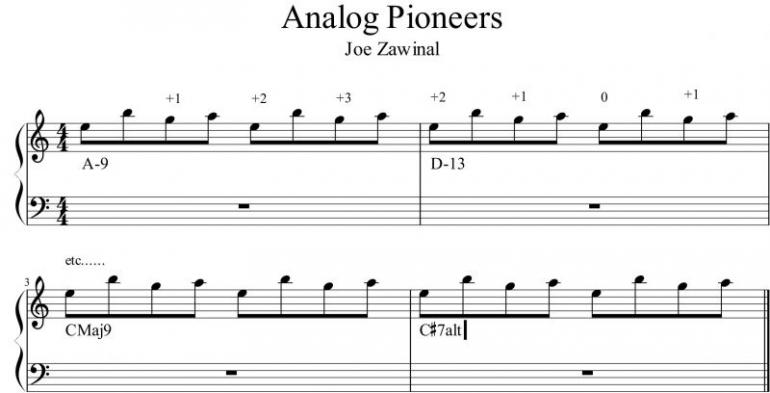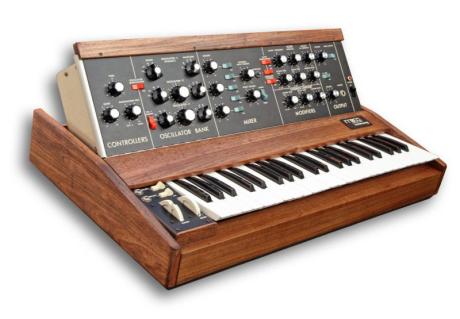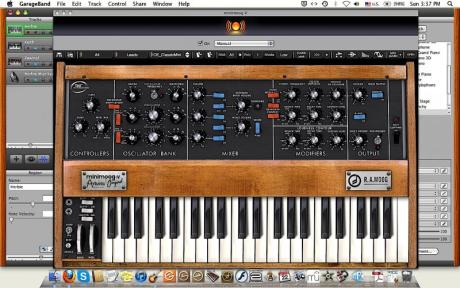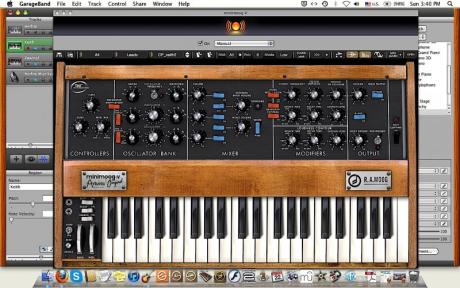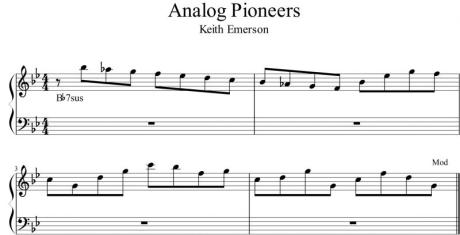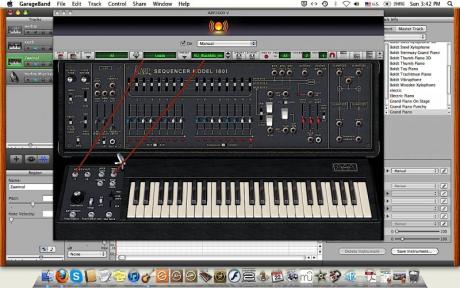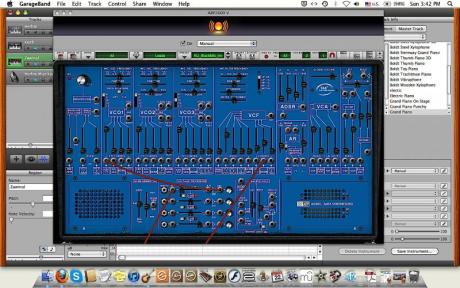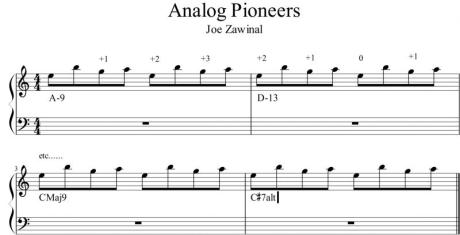Rock Organ II - workshop
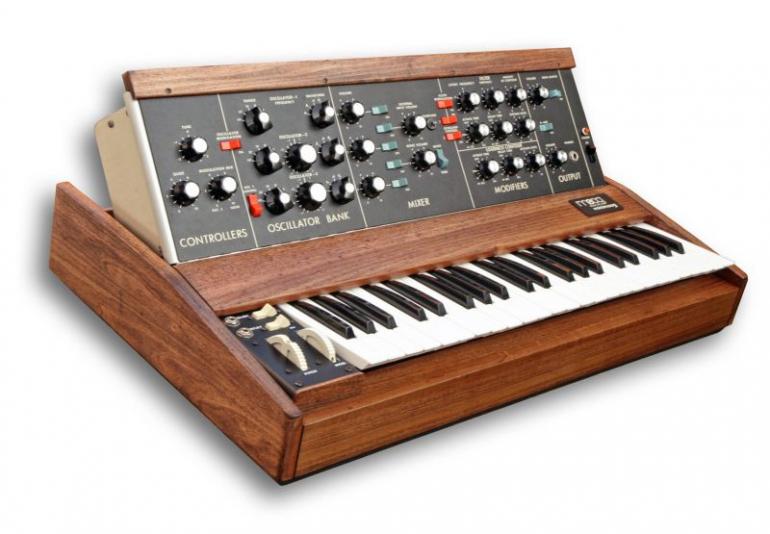
Čtenáři, možná vás zaskočí, že na českých stránkách nacházíte anglický text. Není to chyba. V současné době pro časopis Muzikus píše newyorkský klávesista a pianista Brian Charette. A tak jsem si v redakci řekli, že bychom mohli něco udělat pro zlepšení vašich znalostí angličtiny. Určitě nám dáte za pravdu, že angličtina se na pódiích objevuje stále častěji a potřeba domluvit se na pódiu i v zákulisí se stane brzy samozřejmosti. Proto zde naleznete originální verzi přímo od Briana a na stránkách časopisu Muzikus v čísle 11/2013 článek přeložený Petrem Štikou. Navíc zde máte audio ukázky, které do časopisu jaksi přeložit neumíme. Enjoy reading!
šéfredaktor časopisu Muzikus Ing. Vladimír Švanda
Rock Organ 2
This month, I would like to talk about a few pioneers in the use of analog synths. We'll also be examining two great early synths, The Minimoog and the Arp 2600. Analog synths are different from modern synths which use algorithms or samples to make their sounds. Analog synths start with noise and subtract elements from the sound using filters and modulators. For this reason, Analog synthesis is often referred to as "subtractive synthesis".
MiniMoog
Created in 1970 by Robert Moog and Bill Hemsath, the Minimoog was meant to be a smaller alternative to large modular synths without the need of patch chords. The Minimoog is a monophonic synth with three oscilators that give it it's characteristic "Fat" sound. The Minimoog is still used extensively in all genres of music.
ARP 2600
The first 2600's came out in 1971 and in contrast to the Minimoog was semi-modular. The Arp was also monophonic and had three oscilators. Early versions of the synth contained a version of Moog's VCF. The 2600, in addition to making great lead sounds, made amazing sound effects. The voice of R2D2 in the science fiction movie, Starwars, is an Arp 2600.
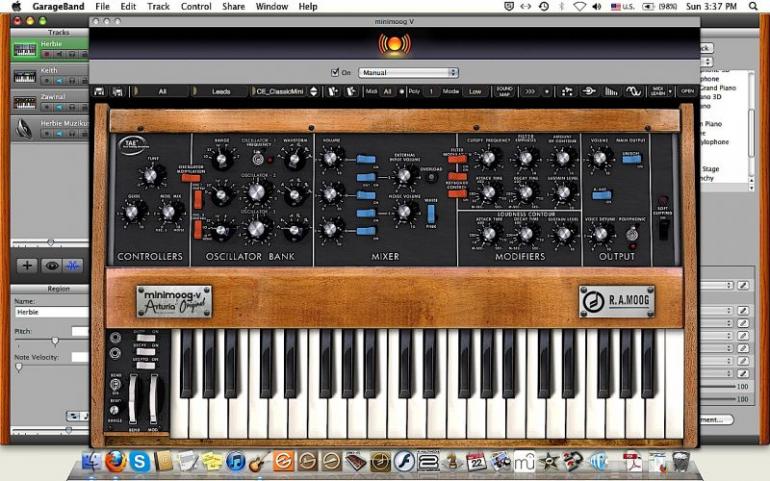
Herbie Hancock
First gaining popularity in Mile Davis's second great quintet, Herbie Hancock was one of the first jazz musicians to embrace electronics. In the 70's , Herbie's analog synth work on Headhunters has become a textbook for analog synth use. In example one, I've written a short exercise in the style of Herbie Hancock. Herbie prefers soft resonant lead sounds which he often manipulates with the pitch and mod wheels. The jazz technique of "side stepping", or playing a !/2 step above the given harmony, is achieved easily on the minimoog with the use of the pitch wheel. We hit the mod wheel at the end of the exercise for a strange effect. the wheels can be assigned to many functions that create very different effects. Experiment with your own settings. Don't be afraid to just twist some knobs. Try this line over a C- funk vamp.

Keith Emerson
Hailing from Todmorden, England, Keith Emerson was one of the founding fathers of Progressive Rock. Reportedly, Keith Emerson was the first person to tour with a Minimoog. One of the trademarks of ELP's sound was a Hi Cutoff Frequency mono Minimoog solo soaring over the top of a dense rhythmic figure. Keith would rely heavily on portamento and the mod wheels to get strange effects.
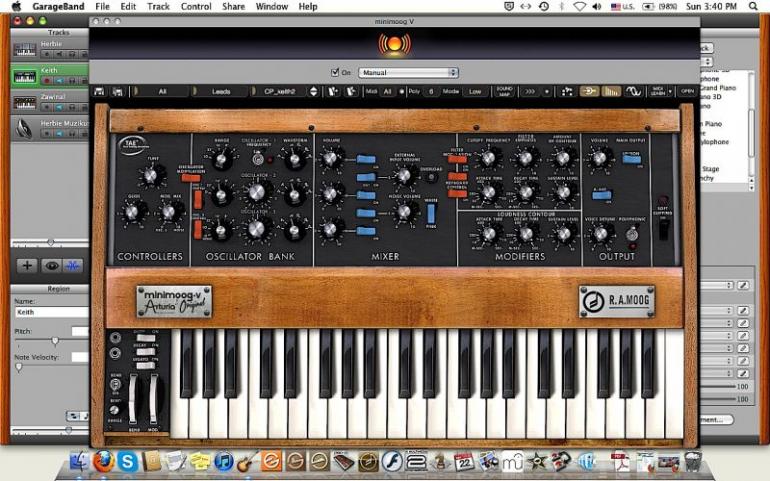
Our example uses the Bb Mixolydian played as a scale and broken into 4ths to be played over a Bb 7sus harmony. We again hit the mod wheel at the end of the line for an outer space ending.
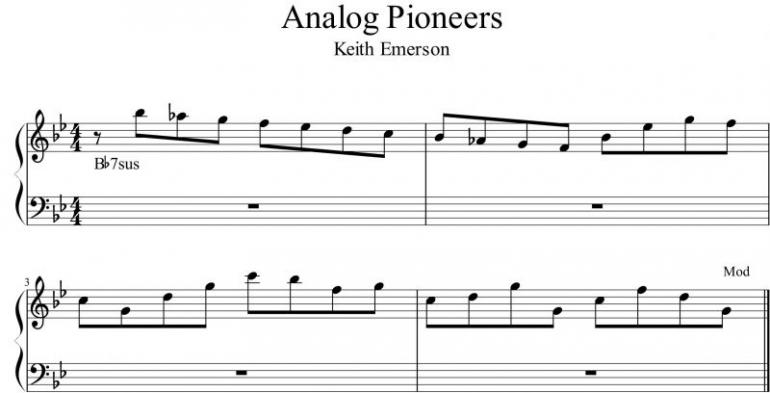
Joe Zawinul
Joe Zawinul started his career playing piano with Cannonball Adderly. As time went on he became very interested in electronics and world music, both of which he explored beautifully in his groundbreaking group, Weather Report. Joe actually preferred the Arp 2600 to the minimoog. Check out this Black Market type riff. The sound is muted with a little glide. experiment with opening the filters up a little as you play to add an expressive quality to the line. Joe was fond of playing repeated patterns while manipulating the octave keys.
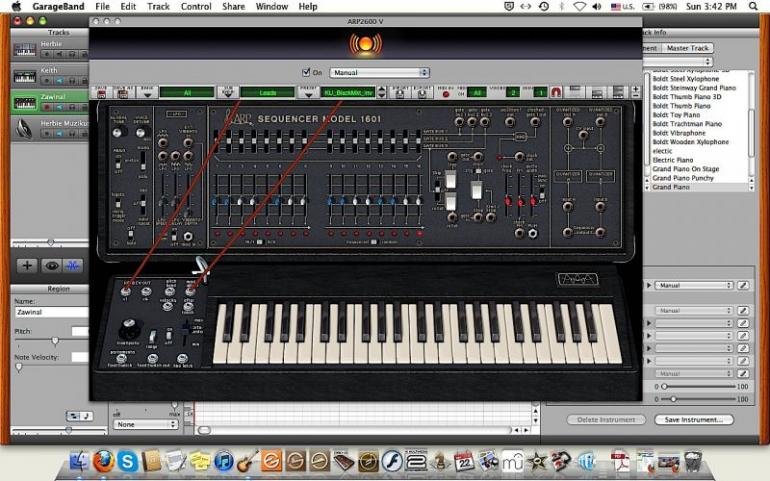

Try playing this simple pentatonic idea over different harmony. I've given you a few Ideas in the music.
